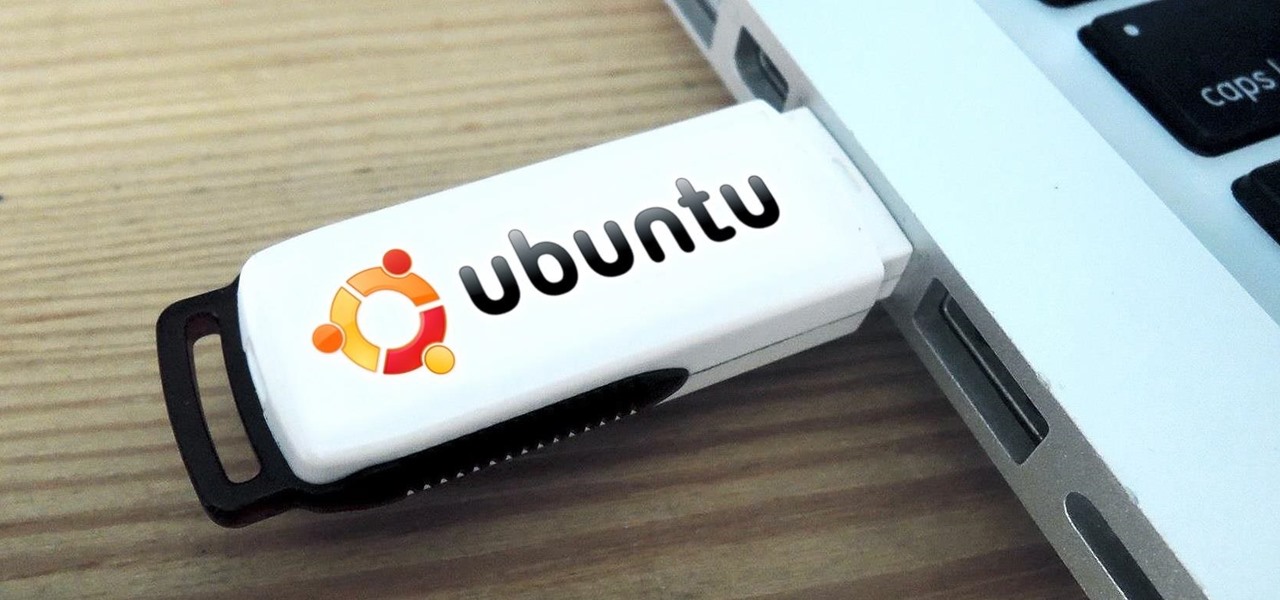

- #Making a usb bootable for mac operating system how to#
- #Making a usb bootable for mac operating system mac os x#
- #Making a usb bootable for mac operating system install#
- #Making a usb bootable for mac operating system trial#
Going back to the mounted Install ESD. Navigate the file structure to System | Installation and delete the alias to the Packages directory ( Figure J) Once the files have finished copying over, the drive should mount automatically. The process may indicate in excess of one hour, but in my experience, the process takes significantly less time to complete ( Figure I). Upon verifying that the fields are correct, click the Restore button and select Erase from the application, if prompted to do so ( Figure H). For Destination, drag and drop the partition created on the USB drive onto the textbox ( Figure G) Drag the BaseSystem.dmg over to the Source text box. Go back to Disk Utility and click on the newly formatted USB Drive in the menu, then click on the Restore tab. dmg file and locate the hidden BaseSystem.dmg ( Figure F) Navigate the file structure Contents | Shared Support and double-click the InstallESD.dmg file mount OS X Install ESD on the desktop ( Figure E). Right-click the file and select Show Package Contents ( Figure D) #Making a usb bootable for mac operating system mac os x#
Upon completion of the USB formatting, locate Install Mac OS X Mavericks.app (downloaded in step #1 to the Applications folder, by default).Launch the Terminal.app by selecting it from the /Applications | Utilities folder and execute the following command ( Figure C)*:ĭefaults write AppleShowAllFiles TRUE \killall Finder \say Files Revealed.Click on the Options button, select the radio button for GUID Partition Table, and click OK ( Figure B).
#Making a usb bootable for mac operating system how to#
Select Mac OS Extended (Journaled) for the format-type from the drop-down menu ( Figure A) Simple steps on how to make a USB bootable drive for any Mac OS, whether it's OS Sierra, El Capitan, or even OS Lion.SUDO CODE for Terminal (copy and paste). Click the drop-down menu, selecting 1 partition. Click on the USB drive from the left-hand menu and select the Partition tab. Insert the USB drive into the Mac and launch Disk Utility. Using a Mac with at least OS X 10.6.8 installed, access the Mac App Store and download the Mavericks (10.9) app installer. User Account with Administrative privileges. Apple computer with Mac App Store (OS X 10.6.8+). Install OS X Mavericks.app (installer downloaded from Mac App Store). Creating a USB Installer for Apple OS X 10.9īefore proceeding, you'll need the following items to complete the process: However, the focus of this article is the change in the process for creating a working, bootable USB drive. The latest iteration of OS X, version 10.9 (aka Mavericks), marks not only 200+ changes in the OS, but also does away with the fabled "big cat" naming scheme. I use this method because directly installing from the DVD to the USB drive does not work.In April, I wrote an article on TechRepublic about how to create a bootable USB to install OS X. This tutorial is for Macs that don't officially support booting OS X off of USB. Configure it like you would as if OS X was on the hard drive. The bootable drive has been created! Plug it into a PowerPC Mac, hold down Option while turning it on, and select "Tiger USB".ġ0. Select "tigerusb.img" and let it copy to the drive.ĩ. Select your USB drive from the list and right click and choose "Format with Disk Image."Ĩ. Plug in your flash drive and open TransMac.ħ. When installation is finished and PearPC restarts, close PearPC when the intro video ends.Ħ. Use the volume name "Tiger USB" for this tutorial)ĥ. 
(Make sure you go into Disk Utility and format the image. Install Tiger from the ISO using minimal install (uncheck everything but what's required) to tigerusb.img.

#Making a usb bootable for mac operating system trial#
Download the trial of TransMac, too.ĭownload PearPC and 3GB/6GB disk images here.ģ. Download PearPC (and a GUI, such as PearPC Control Panel) and the 6GB blank disk image (for 8GB drive) or 3GB image (for 4GB drive). Copy the Mac OS X Tiger DVD to an ISO file.Ģ. Here are the instructions to create a live USB of Tiger:ġ. I created a bootable USB drive using Windows with Tiger on it using PearPC and TransMac, for PowerPC.







 0 kommentar(er)
0 kommentar(er)
